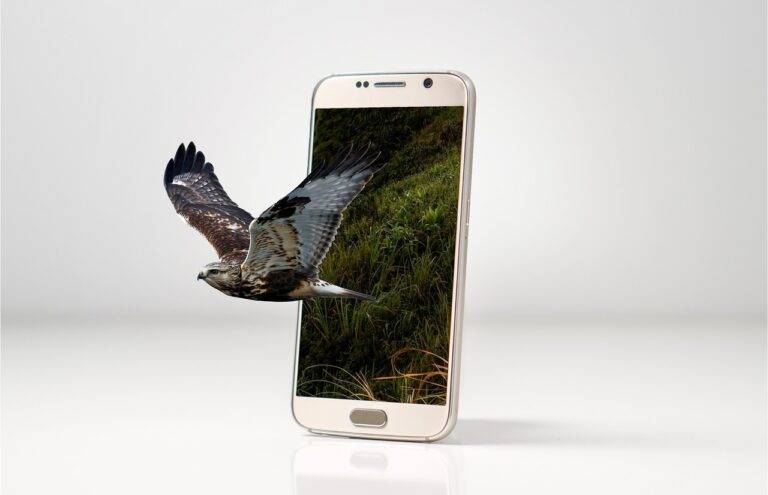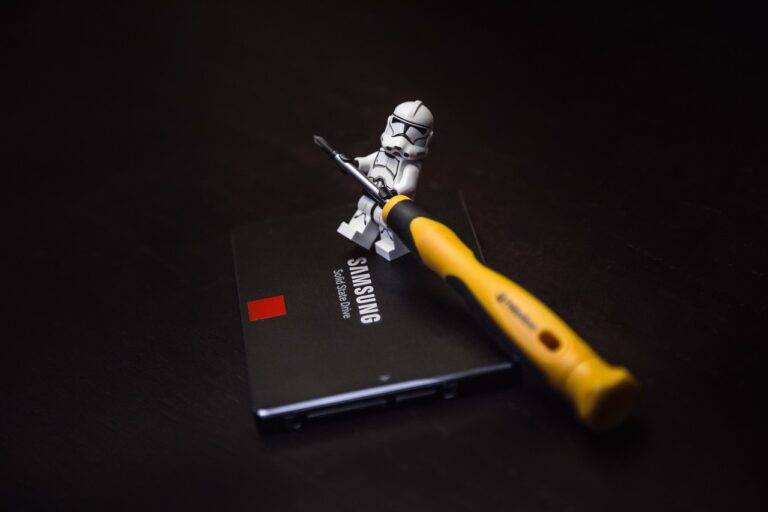Tech for Accessibility: Innovations for Neurological Conditions
Technology has revolutionized the way we live, work, and communicate. In recent years, there has been a significant focus on using technology to improve accessibility for individuals with neurological conditions. From apps and software to wearable devices and robotics, there are a wide variety of innovative technologies that are helping to make daily tasks easier for people with conditions such as autism, ADHD, and Parkinson’s disease. In this article, we will explore some of the latest advancements in tech for accessibility and how they are making a positive impact on the lives of individuals with neurological conditions.
Apps for Autism
Autism is a neurodevelopmental disorder that affects communication, social interaction, and behavior. There are several apps available that are specifically designed to help individuals with autism improve their communication skills, manage their emotions, and navigate social situations. For example, Proloquo2Go is an app that uses symbols and pictures to help individuals with autism communicate their needs and thoughts. Another app, Brain Parade, uses flashcards and visual schedules to help individuals with autism learn and stay organized.
Wearable Devices for Parkinson’s Disease
Parkinson’s disease is a progressive neurological disorder that affects movement and coordination. Individuals with Parkinson’s often experience tremors, stiffness, and difficulty with balance. Wearable devices such as smart watches and motion sensors can help individuals with Parkinson’s monitor their symptoms and track their movements. These devices can provide valuable data to healthcare providers and help individuals with Parkinson’s better manage their symptoms and improve their quality of life.
Virtual Reality for ADHD
ADHD is a neurodevelopmental disorder that affects attention, impulsivity, and hyperactivity. Virtual reality technology is being used to help individuals with ADHD improve their focus and concentration. For example, there are virtual reality games and simulations that help individuals with ADHD practice mindfulness and build cognitive skills. By immersing individuals in a virtual environment, these technologies can help individuals with ADHD learn to concentrate and stay on task.
Robotics for Stroke Rehabilitation
Stroke is a neurological condition that occurs when blood flow to the brain is disrupted, leading to brain damage and loss of function. Robotics are being used in stroke rehabilitation to help individuals regain movement and improve their strength and coordination. Robotic devices can provide targeted therapy and feedback to individuals recovering from a stroke, helping them speed up their recovery and regain independence.
Brain-Computer Interfaces for Epilepsy
Epilepsy is a neurological disorder characterized by recurrent seizures. Brain-computer interfaces are being developed to help individuals with epilepsy monitor their brain activity and predict when a seizure may occur. By using EEG sensors and machine learning algorithms, these interfaces can provide real-time feedback to individuals with epilepsy and their caregivers, helping them better manage their condition and prevent seizures.
Assistive Technology FAQs
What is assistive technology?
Assistive technology refers to devices, software, and equipment that are designed to help individuals with disabilities perform tasks that they would otherwise have difficulty completing. Assistive technology can range from simple tools such as magnifiers and grab bars to more complex devices such as speech-to-text software and robotic exoskeletons.
How can assistive technology help individuals with neurological conditions?
Assistive technology can help individuals with neurological conditions improve their independence, communication, mobility, and quality of life. By providing individuals with the tools they need to overcome challenges and barriers, assistive technology can empower individuals with neurological conditions to live more fulfilling and productive lives.
Are there any resources available to help individuals with neurological conditions access assistive technology?
There are many resources available to help individuals with neurological conditions access assistive technology. Organizations such as the National Institute on Disability and Rehabilitation Research (NIDRR) and the Assistive Technology Industry Association (ATIA) provide information and resources on assistive technology for individuals with disabilities. Additionally, many healthcare providers and disability organizations offer assistive technology assessments and training to help individuals with neurological conditions find the right tools for their needs.
Conclusion
Technology has the power to transform the lives of individuals with neurological conditions, making daily tasks easier and improving their quality of life. From apps and wearable devices to virtual reality and robotics, there are a wide range of innovative technologies that are revolutionizing accessibility for individuals with conditions such as autism, ADHD, Parkinson’s disease, stroke, and epilepsy. By continuing to invest in research and development, we can ensure that individuals with neurological conditions have access to the tools they need to thrive and succeed in everyday life.





